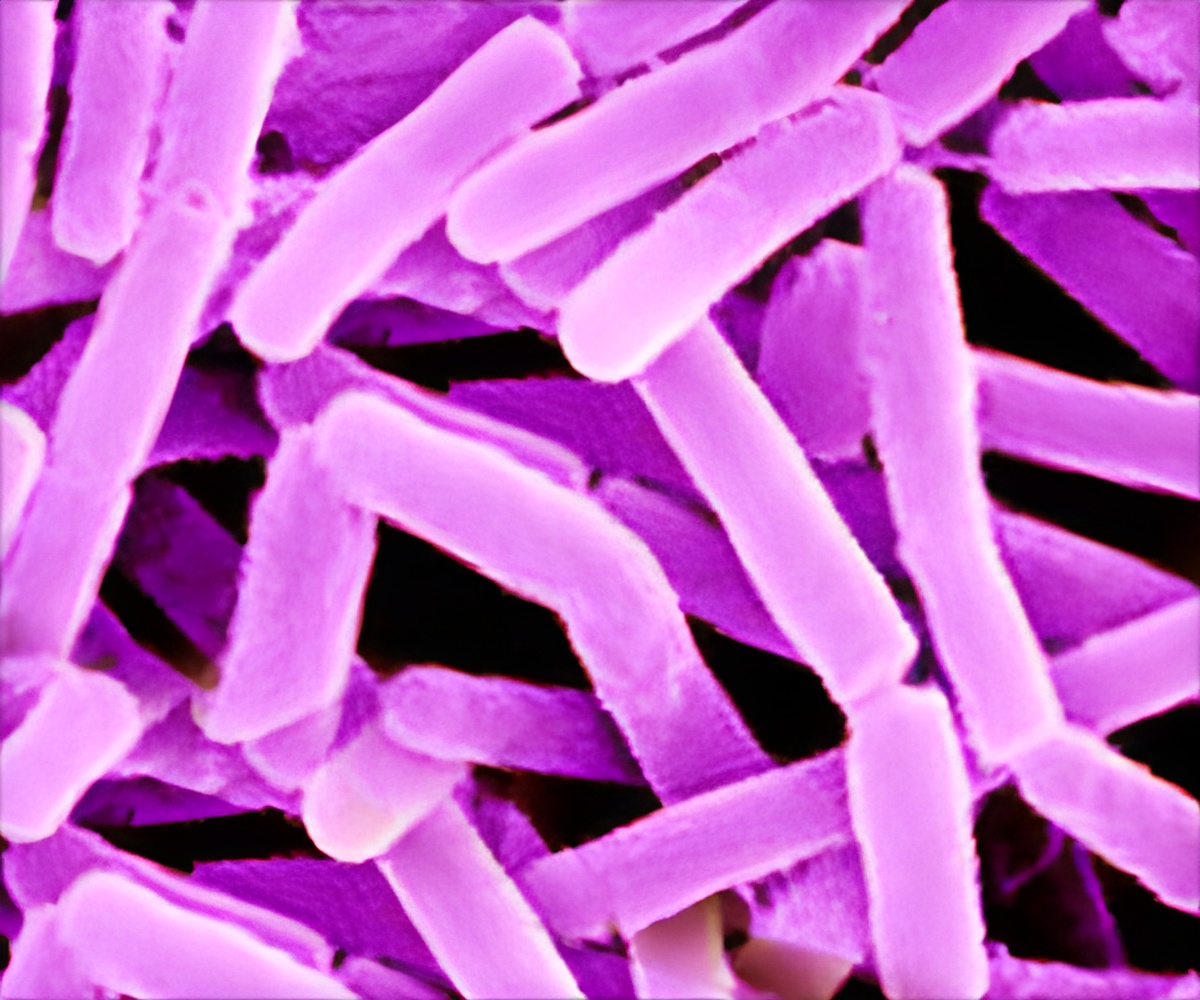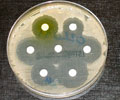Blood clotting factors VII, IX, and X - which are well known for their roles in blood coagulation - may act against Gram-negative bacteria, stated new study.

TOP INSIGHT
A deficiency in blood coagulation factors - for example in patients with the blood clotting disorder haemophilia - has been associated with bacterial infection diseases such as sepsis and pneumonia, leading to the suggestion that these coagulation factors may have a role in anti-infection mechanisms as well as bloody clotting.
The ability of bloody coagulation factors to hydrolyse essential lipopolysaccharides in the bacterial cell envelope, suggests they may potentially be used to combat Gram-negative bacteria. Examining the mechanism further, the authors showed that the coagulation factors act on the bacteria via light chains - one of two domains of the proteins. The other domains (heavy chains) have no effect. In cells in the laboratory, the authors showed that treatment of cells of the bacteria E. coli with light chains led to clearly observable damage to the bacterial cell envelope initially and almost complete destruction of the cell within four hours.
The authors found that the light chain of coagulation factor VII was effective against all Gram-negative bacterial cells tested. The light chains, as well as the coagulation factors as a whole, were also shown to be effective in combating Pseudomonas aruginosa and Acetinobacter baumanii infections in mice. Heavy chains had no effect. Xu Song said: "None of the known antibacterial agents has been reported to function by hydrolyzing lipopolysaccharides. Identification of the lipopolysaccharide hydrolysis-based antibacterial mechanism, combined with antibacterial features of blood coagulation factors, and the ability to manufacture them on a large scale at relatively low-cost, may offer new and cost-effective strategies for combating the urgent public-health crisis posed by drug-resistant Gram-negative pathogens."
Source-Eurekalert
 MEDINDIA
MEDINDIA




 Email
Email









